Total Cost of Ownership for Robots and AMRs
When calculating automation ROI, most teams underestimate long-term costs. Total Cost of Ownership (TCO) reveals the true financial picture — from batteries to spare parts to software updates.
1. The TCO Framework
- CapEx: robot arm, AMR platform, tooling, installation, safety infrastructure.
- OpEx: energy, maintenance, consumables (e.g., gripper pads, wheels), and software licenses.
- Hidden Costs: integration downtime, floor space, and cybersecurity maintenance.
2. Lifecycle and Depreciation
Plan for 5–7 years of service. Factor in midlife battery replacements, firmware upgrades, and compatibility with future PLCs or MES systems.
3. Benchmarking Example
An AMR with a $40k purchase price typically incurs $15k/year in operating costs. Ignoring this erodes expected ROI by up to 40% after three years.
4. Optimization Tips
- Negotiate service-level agreements (SLAs) upfront.
- Track mean time between failures (MTBF) and maintenance frequency.
- Centralize fleet analytics for predictive scheduling.
Related Articles
- Calculating Automation ROI in 2025: A CFO-Ready Model
- Payback Under a Year: Realistic Assumptions and Levers
- From Pilot Purgatory to Scale: Funding Models That Work
Conclusion
TCO thinking shifts automation from short-term savings to long-term strategy. Robots and AMRs pay off best when lifecycle cost is part of the plan — not an afterthought.













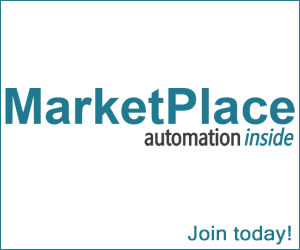








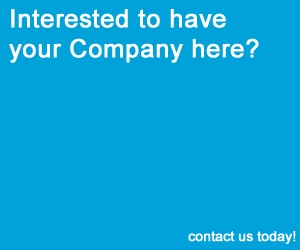

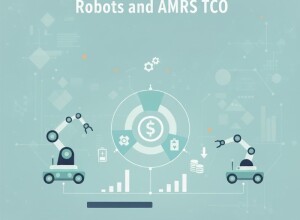
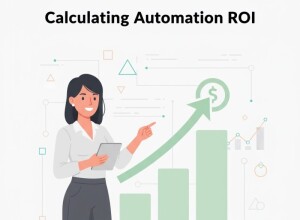
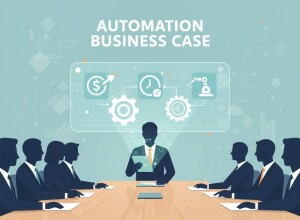

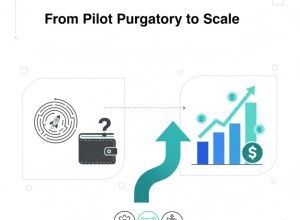
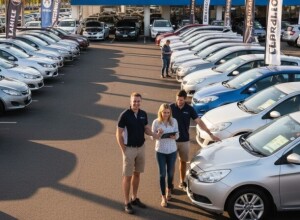



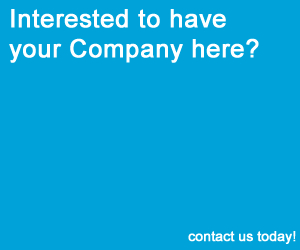






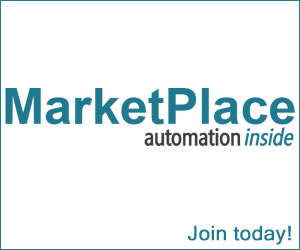
Interested? Submit your enquiry using the form below:
Only available for registered users. Sign In to your account or register here.